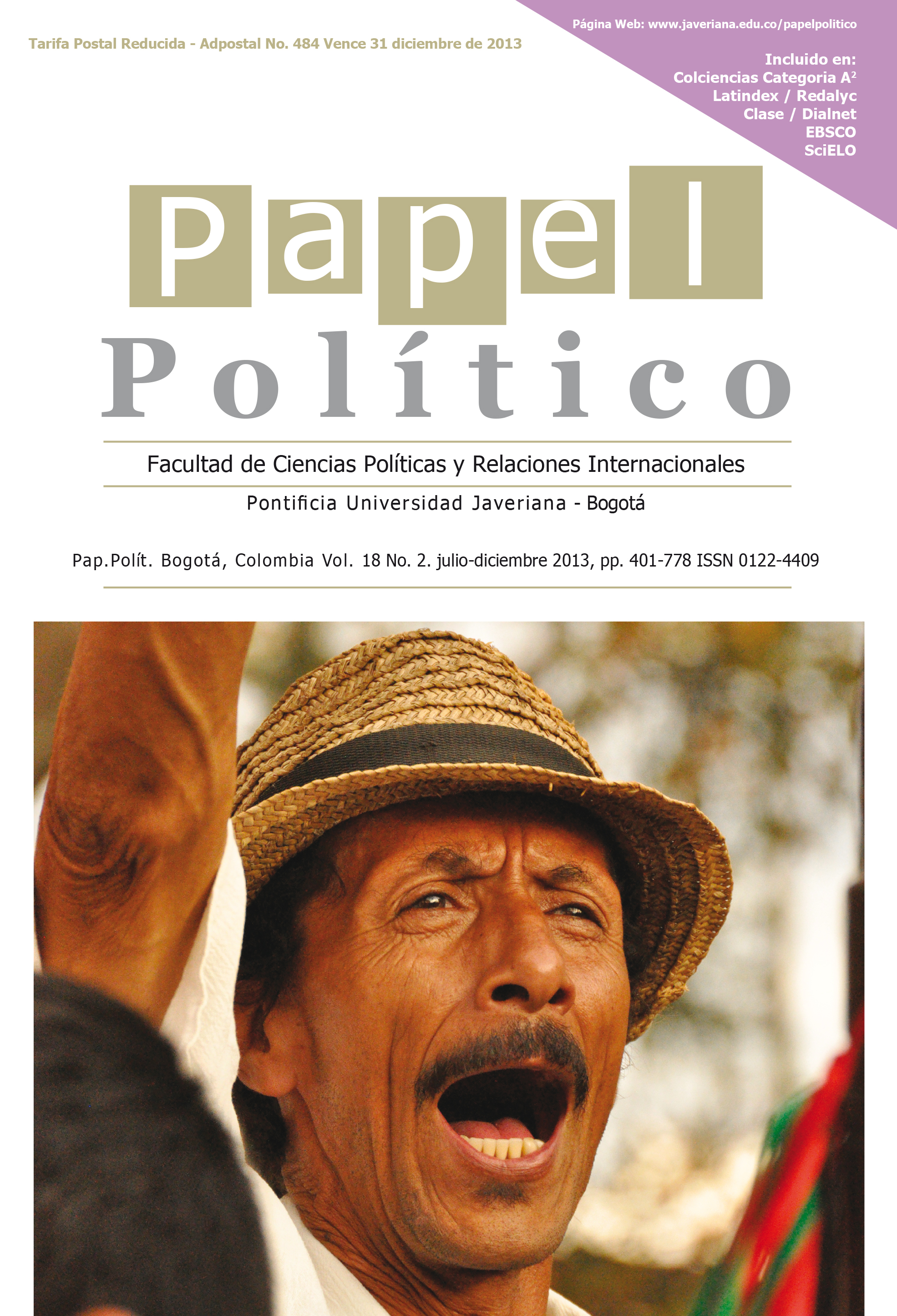Resumen
La presencia económica y política de China en Latinoamérica ha crecido desde el cambio de siglo.China es ahora un gran socio comercial de los países latinoamericanos. China es también un gran inversionista en la región y hace poco también se convirtió en un importante líder, en algunos casos, un súper oferente de equipo militar. Los Estados Unidos deben reaccionar al “dragón del patio” teniendo en cuenta que el hemisferio occidental ha sido tradicionalmente una zona de influencia para los EE.UU., y que América Latina es aún un mercado importante de exportación de EE.UU. y destino de la inversiónde ese país. Desde 2004-2005, los políticos y los tanques de pensamiento han discutido recurrentementesobre las implicaciones del aumentode la presencia china en América Latina para los intereses de EE.UU. y su política exterior. Ni la administración Bush ni la de Obama vio/ve a China como una amenaza mayor en Latinoamérica.Esta también fue la posición de la mayoría de los analistas relacionados con varios tanques depensamiento de EE.UU. Los intereses de China en Latinoamérica son principalmente económicos—llámense comercio o acceso a recursos naturales—. Mientras que otros observadores ven una competencia por recursos escasos en Latinoamérica, otros enfatizan los potenciales y beneficios económicos de las inversiones chinas para explotar nuevos depósitos en América Latina.El impacto directo de los lazos económicos chinos con Latinoamérica es menos importante que su impacto indirecto: los países Latinoamericanos—incluyendo aquellos que fortalecen los lazos con EE.UU.— pueden actuar con mayor independencia, consecuentemente reduciendo el poder de influenciar sus políticas.Esta revista científica se encuentra registrada bajo la licencia Creative Commons Reconocimiento 4.0 Internacional. Por lo tanto, esta obra se puede reproducir, distribuir y comunicar públicamente en formato digital, siempre que se reconozca el nombre de los autores y a la Pontificia Universidad Javeriana. Se permite citar, adaptar, transformar, autoarchivar, republicar y crear a partir del material, para cualquier finalidad (incluso comercial), siempre que se reconozca adecuadamente la autoría, se proporcione un enlace a la obra original y se indique si se han realizado cambios. La Pontificia Universidad Javeriana no retiene los derechos sobre las obras publicadas y los contenidos son responsabilidad exclusiva de los autores, quienes conservan sus derechos morales, intelectuales, de privacidad y publicidad.
El aval sobre la intervención de la obra (revisión, corrección de estilo, traducción, diagramación) y su posterior divulgación se otorga mediante una licencia de uso y no a través de una cesión de derechos, lo que representa que la revista y la Pontificia Universidad Javeriana se eximen de cualquier responsabilidad que se pueda derivar de una mala práctica ética por parte de los autores. En consecuencia de la protección brindada por la licencia de uso, la revista no se encuentra en la obligación de publicar retractaciones o modificar la información ya publicada, a no ser que la errata surja del proceso de gestión editorial. La publicación de contenidos en esta revista no representa regalías para los contribuyentes.


